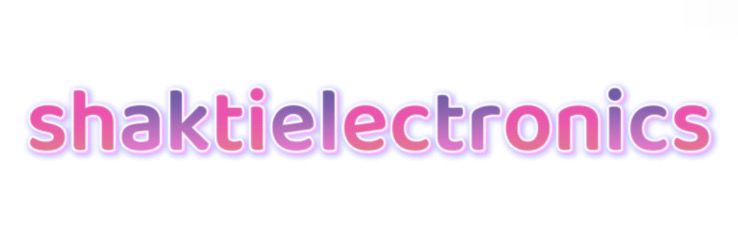How to Select the Perfect Smart Black Board?
Choosing the ideal smart blackboard can significantly enhance your teaching or presentation experience. In this guide, we’ll walk you through the essential factors to consider when selecting a smart blackboard, backed by survey data and key insights.
Understanding Smart Blackboards
Smart blackboards, often known as interactive whiteboards, combine traditional writing surfaces with digital technology, allowing users to write, draw, and share content easily. They have become a staple in modern classrooms and business meetings. But with numerous options available, selecting the perfect one can be daunting.
The Survey: Gathering Insights
To better understand what potential users value in smart blackboards, we conducted a comprehensive survey across various platforms, including social media, educational forums, and professional networks. We received over 500 responses, highlighting common preferences and essential features.
Key Findings from the Survey
- Touch Sensitivity: 75% of respondents stress the importance of responsive touch technology, with higher sensitivity leading to improved interactivity.
- Screen Size: The preference for screen sizes showed that 65% favor boards larger than 75 inches, ideal for larger classrooms or meeting spaces.
- Multi-functionality: A whopping 80% indicated they desired additional features, such as video conferencing capabilities and the ability to save notes digitally.
- Compatibility: 72% prefer boards that easily integrate with existing software tools, enhancing usability.
- Price: Budget considerations played a significant role, with 58% of users willing to spend up to $2,000.
Breaking Down the Selection Process
Based on the survey insights, here’s a structured approach to selecting the perfect smart blackboard tailored to your needs.
1. Determine Your Objectives
Consider what you’ll primarily use the blackboard for. Is it for educational purposes, corporate training, or creative presentations? Different environments may require different features.
2. Evaluate Touch Technology
Highly responsive touch technology is crucial for effective interaction. Opt for models that support multi-touch functionality for collaborative work and engagement.
3. Choose the Right Size
Screen size selection depends on the space available. Larger boards provide better visibility, especially in bigger rooms. Keep the audience size in mind when making your choice.
Additional reading:Key Questions to Consider When Choosing a Compact Kitchen Appliance
4. Explore Multi-Functionality
2024 Guide to AC Energy Meter for Canals
The Advantages of Implementing Cloud-Based Project Management Tools
10 Questions You Should Know About AI Trends for Business Growth
Top 5 Tips for Choosing an AC Energy Meter for EVs
What is a Smart Wireless Energy Metering Solution?
Top Tips for Efficient Mold Design & Injection Molding in Vietnam
Look for boards that offer video conferencing, remote access, and note-saving capabilities. This versatility can greatly enhance your overall experience and interactivity.
5. Ensure Software Compatibility
Choose a smart blackboard that can seamlessly integrate with your existing software and tools. This allows for a smoother transition and better usability.
6. Set a Budget
Define your budget before you start looking. Smart blackboards vary widely in price, and setting a clear limit can help narrow your options. Consider long-term value over initial cost.
Final Thoughts
The process of selecting the perfect smart blackboard involves careful consideration of your specific needs, preferences, and potential for interactivity. By focusing on the features most relevant to you, and guided by user feedback, you can make an informed choice that enhances your teaching or work experience.
Further Resources
For more detailed comparisons and reviews, consult industry-leading tech blogs or educational product reviews. Engaging with online communities can also provide additional insights and recommendations.
Promoting the Knowledge
By sharing this article, you can help others in your network make informed decisions regarding smart blackboards. Consider reaching out to educational organizations and influential bloggers in the tech space to amplify this information.


Comments
All Comments (0)